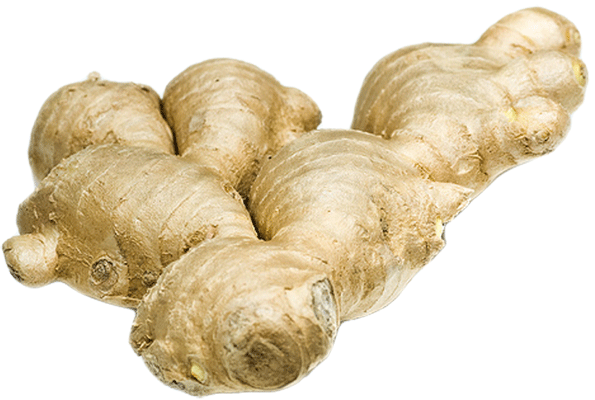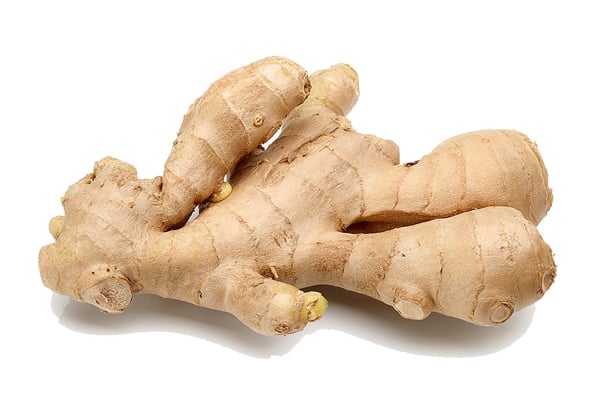Prime
How to grow ginger this rainy season

Farmers in a ginger garden in Uganda. PHOTO/FILFE
What you need to know:
- Did you know this second rainy season of the year, you too can still grow ginger. which many here call tangawizi?
- Or you can use part of the root and it will continue to grow? In today’s article, we will take a closer look at this plant which is majorly grown in Butambala District.
Ginger is an important commercial crop grown for its aromatic stems. It is an herbaceous perennial and botanically known as Zingiber officinale. Ginger stem is used as a spice. Ginger is a tropical crop in temperate climate regions such as the highlands.
Jamil Mugerwa, a ginger farmer from Butambala District says ginger can be grown organically as an intercrop or mixed crop with other crops, provided all other crops are grown organically.
Site selection
The site chosen should be well-drained and preferably in a field where ginger has not been grown. Being a shade crop, ginger can also be grown as an intercrop in gardens.
“Ginger plays an important economic role as a medicinal plant, food flavouring, and dietary supplement. As a result, it is in demand throughout the year. It is the reason farmers always get a good profit,” he says.
Soils
Ginger requires fertile well drained loamy soils. Planting the crop in heavy clay restricts development of bold smooth rhizomes and in this case drainage is a must. It is advisable to add lots of compost or rotten manure in the garden. Plant one ginger plant per square foot. You will need 1.5 to 1.7 tonnes of ginger root to plant one hectare. This depends on when the crop will be harvested, higher rates are applicable if the crop is to be harvested early. Growing ginger does not take up much room at all.
Every rhizome you plant will first only grow a few leaves, in the one spot. Over time, it will become a dense clump and very slowly get bigger, but only if it is not harvested. “Once the ginger root is planted, irrigate it thoroughly. The soil should never dry out. In a week or two you will see the leaves of the ginger plant emerge. Once the leaves emerge, water sparingly, but when you water the ginger root plant, water it deeply. If you are growing ginger in the ground mulch it thickly. It helps to keep the ground moist also feeds the ginger as the mulch breaks down, and it keeps down weeds,” says Mugerwa.
Weeding
Weeding is critical given the extended growing time, slow initial growth and poor early ground cover. Manual weed control should be done with minimal disturbance to avoid crop damage. Perennial grasses must be eliminated before planting. Old banana fields are not suitable due to the risk of nematode infestation. “With proper care, your ginger can reach between two and four feet tall,” he says.
Fertilisation
Mugerwa says that ginger takes a large number of nutrients. General manure requirements are 180 kilogrammes .One hectare of ginger requires 11.5 bags of 14-14-14 and four bags of 0-0-60 plus five tonnes per hectare of chicken or animal manure.
“Apply manure during compost preparation and inorganic compost as a side dress 30 and 60 days after planting. Ginger needs light but frequent irrigation during the vegetative stage if the rainfall is not evenly distributed,” he says.
He adds that depending on seasonal rainfall and soil type, irrigation varies from four to seven days.
Disease management
Cutworms, scale insects, and aphids are common pests of ginger, but they do not cause significant yield losses. Some major diseases are leaf spots, rhizome rot, and bacterial wilt. Ginger tolerates leaf spots. Rhizome rot can be prevented by applying sanitation and the application of Trichoderma as part of organic manure. During storage, separate healthy rhizomes from dull and discoloured ones.
Bacterial wilt can be avoided by planting in areas not prone to bacterial wilt. Then, remove and burn affected plants. Carefully preserved pest and disease-free seed rhizomes, collected from organically cultivated farms, can be used for planting.
Storage
For fresh ginger, the rhizomes are washed immediately after harvest and air dried in shade for one to two days to partially heal wounds prior to packaging and storage. Fully matured ginger are sun-dried for longer preservation.
Harvesting
Full maturity is attained at seven to 10 months when leaves turn yellow and start to lodge. You can start harvesting when plants are fully matured but depending on the market, harvesting can be done before full maturity.
Just dig carefully at the side of a clump. As plant matures volatile oil content decreases and fiber contents increase.




